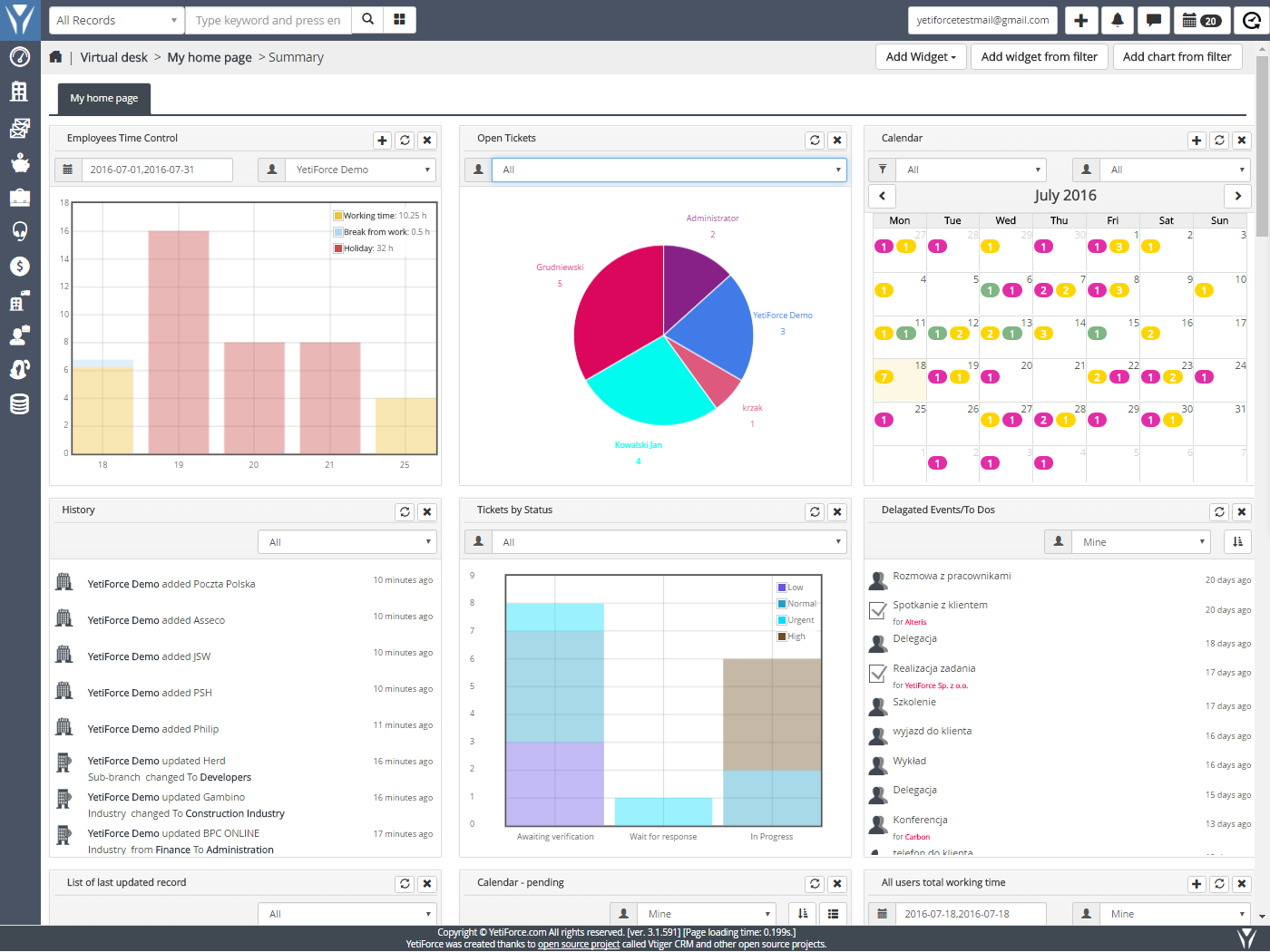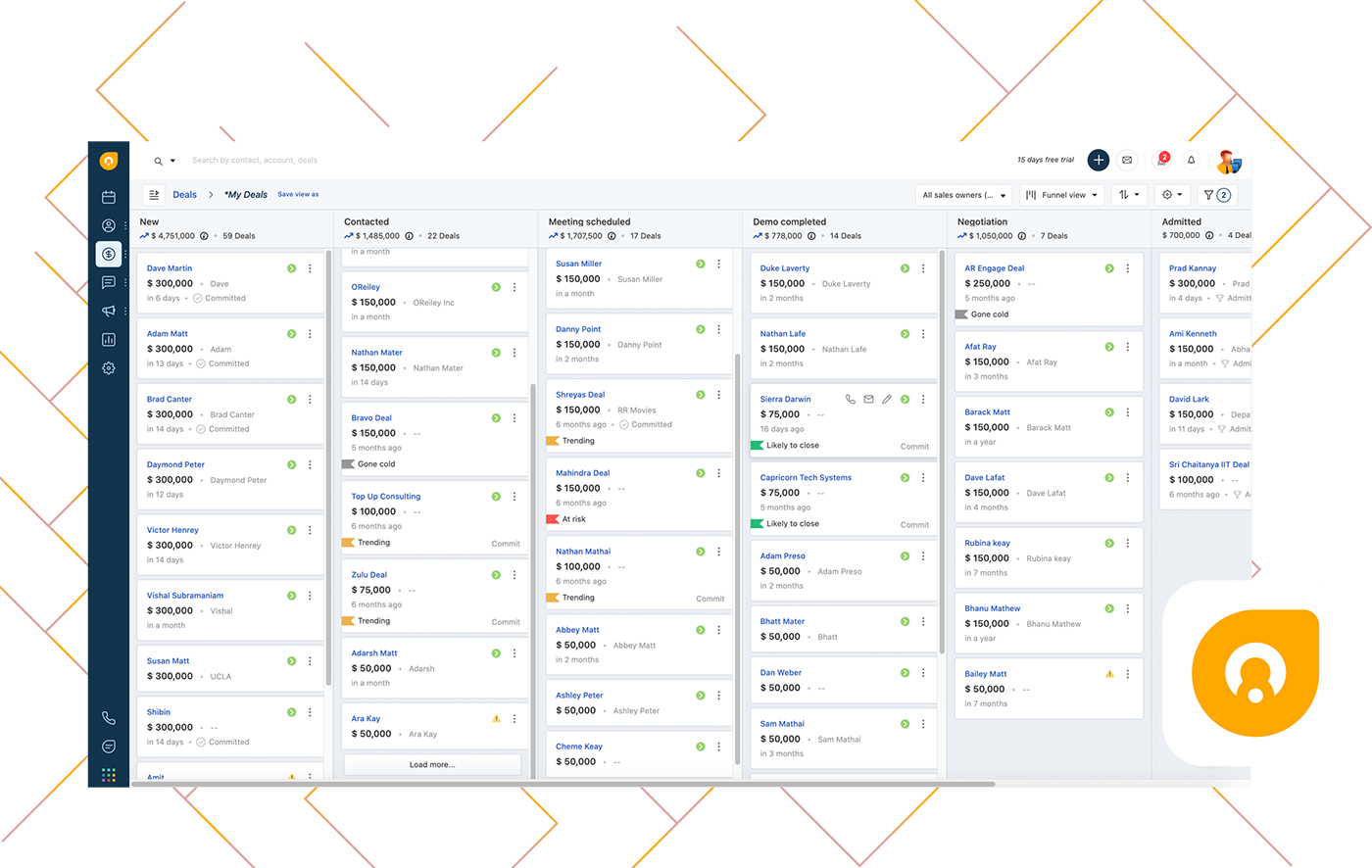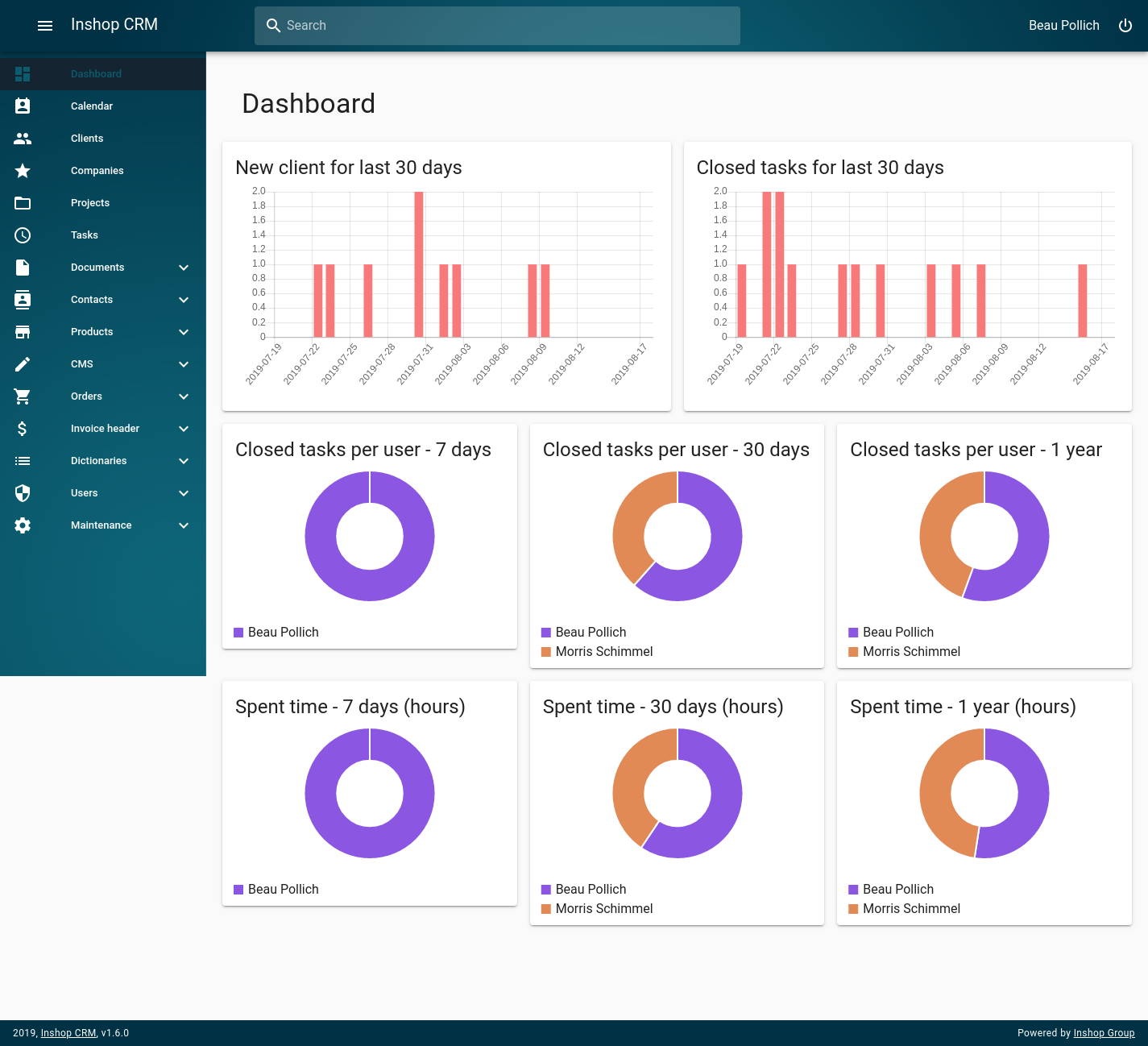Exploring the Power of Open Source CRM
Open source CRM opens doors to a world of possibilities, revolutionizing how businesses manage customer relationships. From defining its essence to delving into its features and implementation, this narrative will unravel the key aspects with a blend of clarity and depth.
As we navigate through the realm of Open Source CRM, a closer look at its security, community support, integration capabilities, and more awaits to unveil the full scope of its impact.
Introduction to Open Source CRM
Open Source CRM, or Customer Relationship Management, refers to CRM software that is freely available to the public to use, modify, and distribute. It is built collaboratively by a community of developers and users, allowing for customization and flexibility based on specific business needs.
There are several benefits of using Open Source CRM, such as cost-effectiveness, as there are no licensing fees involved. It also offers greater control and independence over the software, as users can modify the code to suit their requirements. Additionally, Open Source CRM often comes with a supportive community and regular updates, ensuring the software remains up-to-date and secure.
Examples of popular Open Source CRM software
- Dolibarr: A comprehensive CRM solution that offers features for sales management, project management, and more.
- VTiger: Known for its user-friendly interface and modules for marketing automation, customer support, and inventory management.
- SuiteCRM: Based on SugarCRM, SuiteCRM provides robust CRM functionalities with additional features like reporting and workflow automation.
- Odoo: A versatile business management software that includes CRM capabilities along with modules for accounting, inventory, and HR management.
Features of Open Source CRM
Open Source CRM systems come with a range of features that cater to the needs of businesses looking to manage customer relationships effectively.
Key Features:
- Customizable Dashboards: Users can tailor dashboards to display key metrics and information relevant to their specific needs.
- Contact Management: Store, organize, and track customer contact details and interactions in one central location.
- Lead Management: Easily track and manage leads through the sales pipeline, improving conversion rates.
- Reporting and Analytics: Generate reports and analyze data to gain insights into customer behavior and trends.
- Automation: Automate repetitive tasks such as email responses, notifications, and follow-ups to increase efficiency.
Comparison with Proprietary CRM Solutions:
Open Source CRM systems offer several advantages over proprietary CRM solutions:
Open Source CRM is cost-effective, provides greater flexibility for customization, and allows for community-driven development and support.
Customization Options:
One of the key strengths of Open Source CRM is the level of customization it offers:
- Open Source CRM systems can be tailored to meet the specific needs and workflows of a business.
- Users have the freedom to modify the source code to add new features or integrations.
- Custom plugins and extensions can be developed to enhance functionality based on individual requirements.
Implementation of Open Source CRM

Implementing an Open Source CRM system involves several key steps to ensure a successful deployment.
Steps for Implementing Open Source CRM:
- Assess Business Needs: Begin by identifying the specific requirements and goals of your organization that the CRM system should address.
- Choose the Right CRM Software: Research and select an Open Source CRM platform that aligns with your business needs and budget constraints.
- Customize and Configure: Tailor the CRM system to meet your unique business processes and workflows through customization and configuration.
- Data Migration: Transfer existing customer data from legacy systems to the new CRM platform while ensuring data integrity and accuracy.
- Training and Adoption: Provide comprehensive training to employees on how to use the CRM system effectively to maximize its benefits.
- Testing and Quality Assurance: Thoroughly test the CRM system for functionality, usability, and performance to address any issues before full deployment.
- Go-Live and Support: Roll out the CRM system gradually across departments, offering ongoing support and troubleshooting as needed.
Best Practices for Successful Deployment:
- Involve Key Stakeholders: Engage stakeholders throughout the implementation process to ensure their buy-in and support.
- Set Clear Objectives: Establish clear and measurable goals for the CRM system to track its effectiveness and ROI.
- Regular Communication: Maintain open communication with users and stakeholders to address concerns and gather feedback for continuous improvement.
- Monitor Performance: Regularly monitor and analyze CRM system performance metrics to identify areas for optimization and enhancement.
- Stay Updated: Keep the CRM system up to date with the latest software updates and patches to ensure security and functionality.
Common Challenges and How to Overcome Them:
- Resistance to Change: Address resistance by communicating the benefits of the CRM system, providing training, and involving users in the decision-making process.
- Data Quality Issues: Implement data validation processes and regular data cleansing activities to maintain data accuracy and integrity.
- Lack of User Adoption: Offer ongoing training, support, and incentives to encourage user adoption and maximize the benefits of the CRM system.
- Integration Complexity: Simplify integration by choosing CRM software that offers seamless integration capabilities with other business applications.
Security in Open Source CRM

When it comes to security in Open Source CRM systems, there are several measures in place to ensure the protection of data and information.
Comparison of Security Features
- Open Source CRM systems often have a strong community of developers constantly working to identify and fix security vulnerabilities.
- Proprietary CRM solutions may have security features, but the lack of transparency in their code can make it difficult to assess and address potential risks.
- Open Source CRM allows organizations to customize security measures according to their specific needs, providing more control over data protection.
Ensuring Data Security
- Regularly update the Open Source CRM system to the latest version to ensure that security patches are applied.
- Implement strong authentication mechanisms such as multi-factor authentication to prevent unauthorized access.
- Encrypt sensitive data both in transit and at rest to protect it from potential breaches.
- Regularly conduct security audits and penetration testing to identify and address any vulnerabilities proactively.
Community Support and Updates
Community support plays a vital role in the success of Open Source CRM software. Users, developers, and experts from around the world come together to contribute their knowledge, insights, and expertise to help each other out.
Regular Updates Management
- Open Source CRM projects are often backed by a strong community of developers who work tirelessly to release regular updates and patches.
- These updates can include bug fixes, security enhancements, new features, and compatibility improvements with other software.
- By staying up-to-date with the latest versions, users can ensure that their CRM system is running smoothly and efficiently.
Role of User Feedback
- User feedback is crucial in shaping the development of Open Source CRM software.
- By listening to the needs and suggestions of users, developers can prioritize features, address issues, and make improvements based on real-world usage.
- Feedback helps in creating a more user-friendly and effective CRM system that meets the evolving requirements of businesses.
Integration Capabilities

When it comes to Open Source CRM systems, one of the key features that sets them apart is their integration capabilities. These systems are designed to work seamlessly with a variety of other software applications, allowing businesses to streamline their processes and improve efficiency.
Common Integrations
- Integration with Email Marketing Platforms: Open Source CRM systems often integrate with popular email marketing platforms like Mailchimp or Constant Contact. This allows businesses to easily sync their customer data and create targeted email campaigns.
- Integration with Accounting Software: Many Open Source CRM systems offer integration with accounting software such as QuickBooks or Xero. This enables businesses to track sales, invoices, and payments all in one place.
- Integration with E-commerce Platforms: Open Source CRM systems can also integrate with e-commerce platforms like Shopify or WooCommerce. This integration allows businesses to track customer interactions from the initial sale to post-purchase support.
The ability to integrate Open Source CRM with other software applications can lead to improved data accuracy, increased productivity, and better customer relationships.
Benefits of Integration
- Streamlined Processes: Integrating Open Source CRM with other tools can automate tasks and eliminate manual data entry, saving time and reducing errors.
- 360-Degree View of Customer: By integrating CRM with other platforms, businesses can gain a comprehensive view of customer interactions and preferences, enabling personalized communication and targeted marketing.
- Enhanced Reporting and Analytics: Integration allows for the seamless flow of data between systems, providing valuable insights and enabling better decision-making based on accurate and up-to-date information.
Final Summary
In conclusion, Open Source CRM emerges as a dynamic solution that not only streamlines operations but also fosters growth through robust customization and seamless integrations. With a strong foundation in community support and security, it stands as a testament to innovation in customer relationship management.
Essential FAQs
What is Open Source CRM?
Open Source CRM refers to customer relationship management software that provides its source code to the public, allowing users to modify and customize it according to their needs.
How does Open Source CRM differ from proprietary CRM solutions?
Open Source CRM offers flexibility and cost-effectiveness compared to proprietary solutions, which are often more rigid and expensive.
What are some popular Open Source CRM software options?
Popular Open Source CRM software includes SuiteCRM, SugarCRM, and Vtiger CRM, among others.
How can organizations ensure data security when using Open Source CRM?
Organizations can ensure data security by implementing encryption, access controls, regular updates, and monitoring of user activities within the Open Source CRM system.
What are some common challenges faced during the implementation of Open Source CRM?
Common challenges include data migration issues, user training, compatibility with existing systems, and ensuring proper customization to meet specific business requirements.